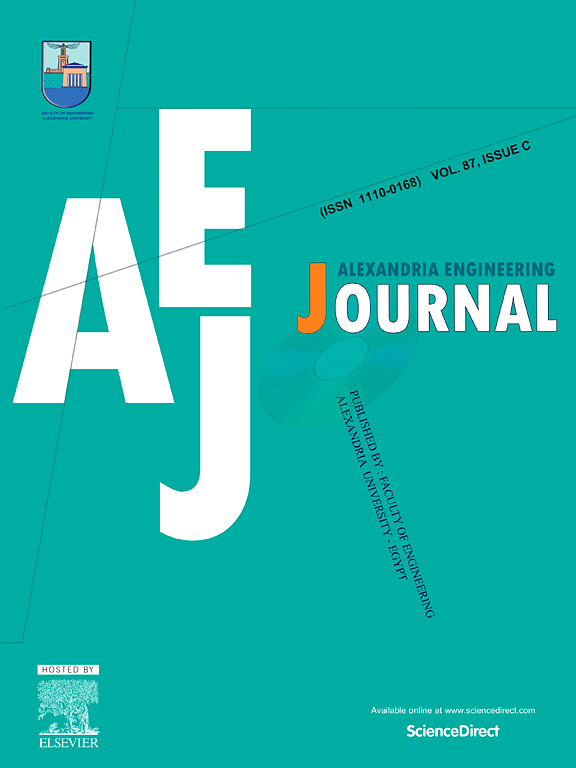使用甘尼特优化的深度学习自动检测 ChatGPT 生成的文本与人类文本的对比
IF 6.2
2区 工程技术
Q1 ENGINEERING, MULTIDISCIPLINARY
引用次数: 0
摘要
本文章由计算机程序翻译,如有差异,请以英文原文为准。
Automated detection of ChatGPT-generated text vs. human text using gannet-optimized deep learning
In the digital era, differentiating text produced by Chat Generative Pre-Trained Transformer (ChatGPT) from human-produced text is critical in a digital setting. As artificial intelligence (AI) increasingly produces content, discriminating between sources becomes significant to prevent spam, improve data accuracy, control content quality, and ensure data reliability. Deep learning (DL), machine learning (ML), and Natural Language Processing (NPL) approaches can distinguish between AI and human-generated text based on superior linguistic context, signals, or patterns frequently used. The ability to proficiently make this alteration has huge achievement effects, from enhancing user contribution to contrasting disinformation and upholding the reliability of online communication platforms. This research paper presents a new Gannet Optimization Algorithm with DL-based detection and classification (GOA-DLDC) technique for ChatGPT and human-generated text. The main objective of the GOA-DLDC technique is to recognize and classify the human and ChatGPT-generated text. The GOA-DLDC technique employs the BERT approach for feature vector generation. The classification method is also implemented using the convolutional gated recurrent unit (CGRU) model. To enhance the classification performance of the CGRU model, the hyperparameter-tuning procedure is executed using the gannet optimization algorithm (GOA). The experimental validation of the GOA-DLDC methodology is performed on a dataset comprising human and ChatGPT-generated text. The investigational outcome of the GOA-DLDC methodology portrayed a superior accuracy value of 94.90 % and 94.40 % under human and ChatGPT datasets.
求助全文
通过发布文献求助,成功后即可免费获取论文全文。
去求助
来源期刊

alexandria engineering journal
Engineering-General Engineering
CiteScore
11.20
自引率
4.40%
发文量
1015
审稿时长
43 days
期刊介绍:
Alexandria Engineering Journal is an international journal devoted to publishing high quality papers in the field of engineering and applied science. Alexandria Engineering Journal is cited in the Engineering Information Services (EIS) and the Chemical Abstracts (CA). The papers published in Alexandria Engineering Journal are grouped into five sections, according to the following classification:
• Mechanical, Production, Marine and Textile Engineering
• Electrical Engineering, Computer Science and Nuclear Engineering
• Civil and Architecture Engineering
• Chemical Engineering and Applied Sciences
• Environmental Engineering
 求助内容:
求助内容: 应助结果提醒方式:
应助结果提醒方式:


